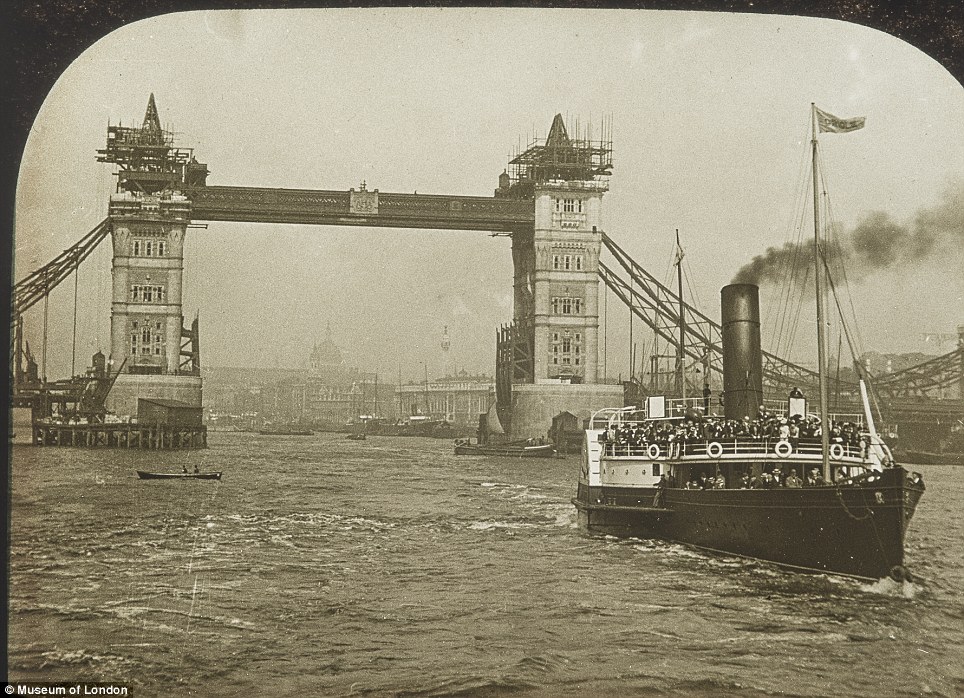London Bridge, an iconic structure spanning the River Thames, encapsulates centuries of history, seamlessly blending the past with the present. From its Roman origins to the medieval stone bridge, the narrative of London Bridge mirrors the city’s evolution. Positioned strategically to connect vital parts of London, its importance transcends mere functionality. Today, the bridge stands as a symbolic link between tradition and modernity, a testament to the enduring spirit of London and its ability to reinvent itself across the ages.
History: London Bridge stands as a testament to the rich tapestry of history woven through the heart of London. Its origins date back to Roman times when the first bridge was constructed in the 1st century AD. Over the centuries, various iterations of the bridge have crossed the River Thames, witnessing the ebb and flow of history. The medieval stone bridge, completed in the 13th century, became a focal point for trade and travel, solidifying its place in the annals of London’s history. However, it was the nursery rhyme “London Bridge is Falling Down” that immortalized the structure in popular culture, adding a whimsical layer to its storied past.

Location Choice: The strategic location of London Bridge has played a pivotal role in its selection and reconstruction throughout the ages. Positioned in a key crossing point of the Thames, the bridge facilitated trade, commerce, and connectivity between the northern and southern parts of the city. The site’s significance is highlighted by the fact that every incarnation of the bridge has occupied nearly the same location, a nod to the historical importance attributed to this crossing point.

Importance in the Past: London Bridge has been more than just a physical connection; it has been a symbol of resilience and endurance. Throughout its history, the bridge has faced fires, destruction, and reconstruction, yet it has always risen again, mirroring the indomitable spirit of London. In the medieval era, it housed shops and houses, creating a bustling marketplace atmosphere. The bridge became a focal point for social gatherings, celebrations, and even gruesome displays of heads on spikes as a warning to potential wrongdoers. Its past echoes with the footfalls of countless individuals who crossed its span, leaving an indelible mark on the city’s collective memory.

Importance Today: While the current London Bridge might not be as visually striking as its predecessors, its importance in modern times cannot be overstated. As a vital transportation artery, the bridge facilitates the smooth flow of traffic and pedestrians, connecting historic landmarks such as the Tower of London and the Shard. The area surrounding the bridge has transformed into a thriving urban hub, with businesses, residences, and cultural institutions contributing to the vibrant tapestry of London life. London Bridge serves as a link between the city’s rich history and its dynamic present, embodying the resilience and adaptability that defines this iconic metropolis.
The London Bridge remains a living testament to the resilience and adaptability of one of the world’s most dynamic cities. Its storied history, strategic location, and evolving significance underscore its enduring role as a symbol of London’s spirit. As the city continues to evolve, London Bridge stands as a timeless connection, gracefully bridging the past and the present, inviting all who traverse it to become part of the ongoing narrative of this vibrant metropolis.



